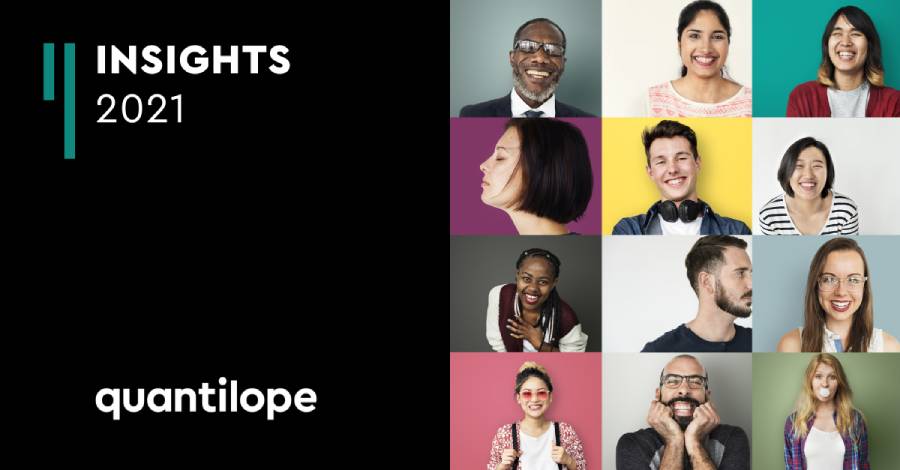In light of the narrowing focus on race and representation, quantilope surveyed n=630 US consumers in both 2020 and 2021 to understand expectations with regard to brands’ messaging around diversity and inclusion.
Wave 1: December 2020
The first wave of the study found that significantly more consumers consider the topic of diversity and inclusion to be important (60%) than those who do not. This high importance was driven by several key groups: parents with kids 2-12 (78%), African-Americans (80%), and younger generations (76% of Gen Z and 72% of millennials consider this an important topic compared to just 46% of boomers).
When considering which sources do the best job at representing a diverse audience, streaming services, broadcast media, and social media rose to the top in the first wave's MaxDiff analysis on best/worst sources for representation. Social media ranked considerably higher among Gen Z than any other generation while the same was true for boomers and broadcast media. Notably, streaming services (such as Netflix and Hulu) were the only source for which all generations agree are equally representative of a diverse audience.
Below is an example showing how to leverage quantilope's platform to quickly cut MaxDiff results by specific audiences:
Diving deeper into streaming service perceptions from Wave 1, Netflix differentiated itself from competitors as not only the most frequently watched service (83%), but also for having the greatest variety of diverse shows (46%) over other streaming services such as Amazon Prime, Hulu, and Disney+. From a generational lens, 80% of Gen Z in 2021 said they would be interested in curated diverse content on streaming services compared to just 55% of Gen X and 36% of boomers.
Wave 2: December 2021
As of December 2021, the second wave of this race/representation tracker, a significantly higher number of consumers felt diversity and inclusion was an important topic (+6%), significantly more were paying attention to it (+9%), and consumers were feeling significantly more represented in both the media and in brand advertising (multiple metric lifts).
Top sources for diverse representation held consistent year-over-year, with streaming services, broadcast television, and social media networks ranking higher than sports media, Hollywood movies, print/commerical media, and video games. Between 2020 and 2021, significantly more consumers felt social media did a good job at representing a diverse audience in 2021, while the opposite is true of streaming services (trending down from 2020). Despite this change in sentiment, Netflix widened their gap even further in 2021 as the most watched streaming service (+10%) and consumers continued to consider it the platform with the most diverse content.
Brand Takeaway:
Successful brands will be those who embrace a more inclusive marketing strategy and represent a diverse audience in a way that feels authentic to their brand voice and line of business. Many consumers feel that brands try too hard to be inclusive simply as a means of publicity and that they’d like to see more concrete action from brands beyond their advertising efforts; in 2021, significantly more consumers wanted to see brand donations to organizations working to promote diversity and inclusion (+6%), and wanted to see brands host community events focused around the topic of diversity and inclusion (+5%). Brands should monitor these consumer sentiments, as an increasing number year-over-year would be inclined to purchase from/use a brand when they address the topic (+11%).
For a deeper dive into this study's race/representation data and for a closer comparison of year-over-year insight trends, access the interactive dashboard below:



.png)
